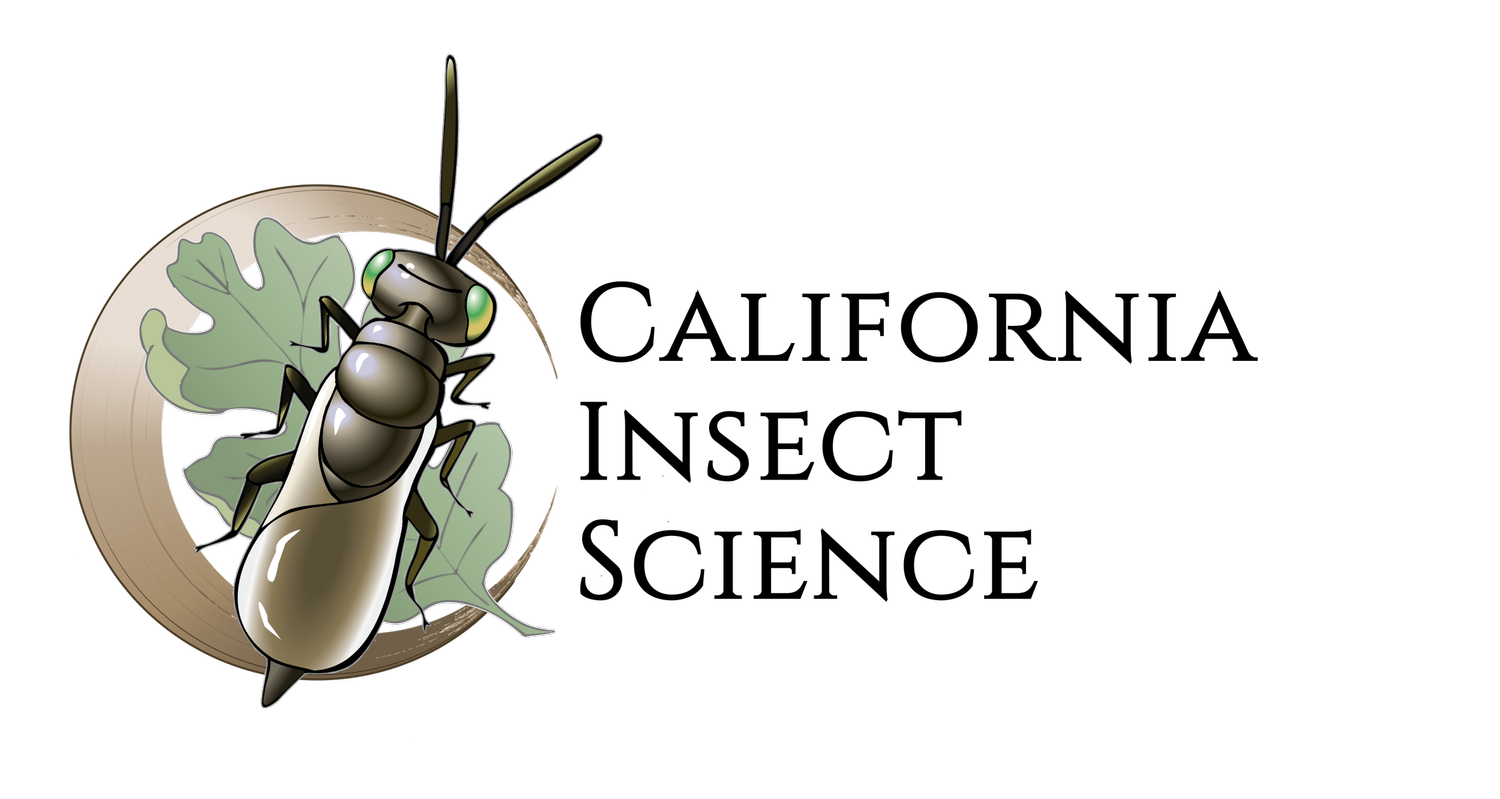Ecological Imperialism
The arrival of the western honey bee with the Jamestown colonists and the concept of ecological imperialism.
Jamestown colonists arrived on May 14, 1607 in Chesapeake Bay. This was one event in a long series of human-aided plant and animal species movements between Europe and the New World and has been coined as the Post-Columbian Exchange.
The world’s land masses evolved wildly different flora and fauna following their separation starting around 200 million years ago. Columbus returned to Europe in 1493, and initiated the process of reuniting the “torn seams of Pangaea” by bringing potatoes, tomatoes and corn to Europe and taking wheat, barley, rice, and cotton to the New World.
Benefits and Challenges
But one species introduced into North America levied impacts upon the new environment and its denizens that were complex, misunderstood, and are still happening today. Once the Jamestown colonists settled in for the long haul, a shipment of western honey bee hives arrived in Virginia in 1622 for honey production. Almost immediately the bees swarmed and began spreading and establishing new feral hives throughout the land. These bees are highly adaptable. They can live anywhere and pollinate anything. Ironically, the colonists didn’t understand the concept of pollination. And without the bees, many European plants they brought for cultivation would not have survived because the native bee species here had not evolved to pollinate those particular plants. There would have been a few successes because bumble bees, carpenter bees, and orchard mason bees do visit many different kinds of flowers for pollen and could have provided successful pollination for several of the crops in those early days.
But the western honey bee’s impacts reached far beyond aiding the success of the colonists to establish agriculture here. Their ecological impacts on native species and native plants also began. Indigenous peoples referred to honey bees as the white man’s flies and viewed them as a harbinger of death. In looking back over the last 400+ years, researchers have gained greater understanding on the intentional and unintentional introduction of non-native plant and animal species into new territories. For North America, species like tobacco, red swamp worms, honey bees, livestock and malaria represent a group of “ecological imperialists” that forever changed the land and its ecology to favor certain groups over others.
You can read more about this in Alfred Crosby's 1986 book, Ecological Imperialism. This isn’t meant to be judgemental, just observational, because this is the world we live in. There is an average of 9 new insect and mite species and 12 new plant species that arrive in the US every year, but few go on to establish and become significant pests to humans and agriculture. Most of these species arrive, establish and are considered ecologically benign (from a human perspective). About 20% become harmful and a few are beneficial.
Learn From the Past
Learning from the past is what helps us develop ways to respond to new arrivals. We are relieved when they are benign. We are happy when they are beneficial. And we figure out ways to manage their impacts if they are harmful. And when an organism is harmful to agriculture, the management strategy is biological control, a complex topic for another day.
Resources for Ecological Imperialism
Ecological Imperialism, by Alfred W. Crosby. 1986.
National Geographic, Jamestown: The Real Story. May, 2007. (to purchase)
Richmond Times-Dispatch - article review for Jamestown: The Real Story. National Geographic. May 8, 2007 Updated Sep 19, 2019.

